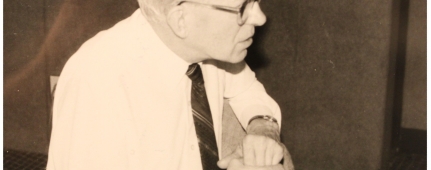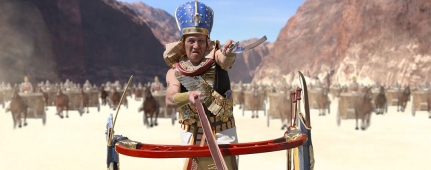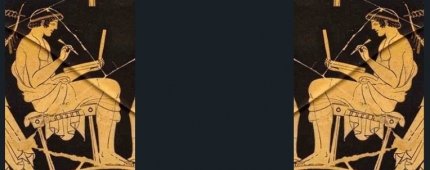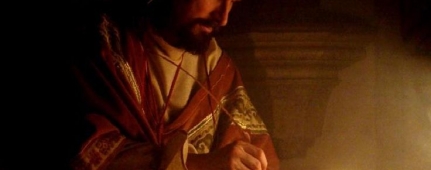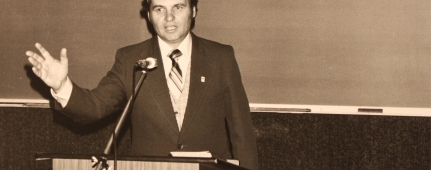Genesis 23—How could the sons of Heth have been in Hebron in 2050 b.c. when their kingdom was in what is now modern Turkey?
Problem: Heth was the progenitor of the Hittites, whose kingdom was located in what is now modern Turkey. But, according to some archaeological evidence, the Hittites did not become a prominent force in the Middle East until the reign of Mursilis I, which began about 1620 b.c., and who captured the city of Babylon in 1600 b.c.
However, several times in Genesis 23 reference is made to Abraham’s encounter with the sons of Heth, who controlled Hebron about 2050 b.c. How could the Bible claim the presence of Hittites in control of Hebron so many years before they became a significant force in the area?
Solution: More recent archaeological evidence from cuneiform tablets describes conflicts in Anatolia (modern Turkey), among the various Hittite principalities from about 1950 to 1850 b.c. Even before this conflict, however, there was a race of non-Indo-Europeans called Hattians. These people were subdued by invaders about 2300 to 2000 b.c. These Indo-European invaders adopted the name Hatti. In Semitic languages, like Hebrew, Hatti and Hitti would be written with the same letters, because only the consonants were written, not the vowels.
In the days of Ramses II of Egypt, the military strength of the Hittites was sufficient to precipitate a non-aggression pact between Egypt and the Hittite empire which set a boundary between them. At this time, the Hittite empire reached as far south as Kadesh on the Orontes river (modern Asi). However, additional evidence indicates that the Hittites actually penetrated further south into Syria and Palestine. Although the Hittite kingdom did not reach its zenith until the second half of the 14th century, there is sufficient evidence to substantiate a Hittite presence in Hebron at the time of Abraham, which was significant enough to control the area.
See All Problems
This excerpt is from When Critics Ask: A Popular Handbook on Bible Difficulties (Wheaton, Ill.: Victor Books, 1992). © 2014 Norman Geisler and Thomas Howe. All rights reserved. Used by permission. Click here to purchase this book.



